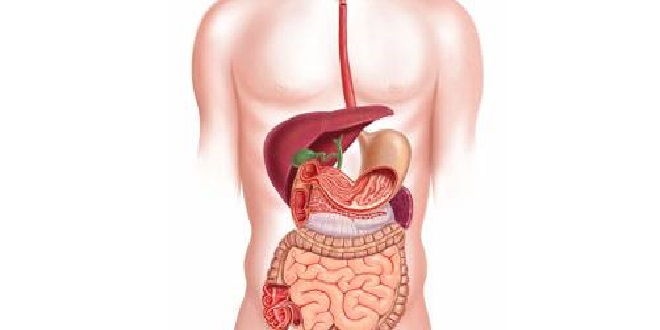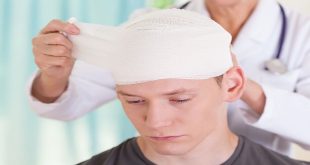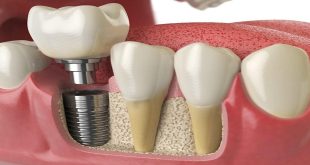CHEMISTRY OF HORMONES
With respect to their chemical structure, hormones may be classified into three groups: amines, proteins, and steroids.
- Amines—these simple hormones are structural variations of the amino acid tyrosine. This group includes thyroxin from the thyroid gland and epinephrine and norepinephrine from the adrenal medulla.
- Proteins—these hormones are chains of amino acids. Insulin from the pancreas, growth hormone from the anterior pituitary gland, and calcitonin from the thyroid gland are all proteins. Short chains of amino acids may be called peptides. Antidiuretic hormone and oxytocin, synthesized by the hypothalamus, are peptide hormones.
- Steroids—cholesterol is the precursor for the steroid hormones, which include cortisol and aldosterone from the adrenal cortex, estrogen and progesterone from the ovaries, and testosterone from the testes
REGULATION OF HORMONE SECRETION
Hormones are secreted by endocrine glands when there is a need for them, that is, for their effects on their target organs. The cells of endocrine glands respond to changes in the blood or perhaps to other hormones in the blood. Increase or decrease secretion of their own hormones. When a hormone brings about its effects, the stimulus is reversed, and secretion of the hormone decreases until the stimulus reoccurs.
THE PITUITARY GLAND
The pituitary gland (or hypothesis) hangs by a short stalk (infundibulum) from the hypothalamus and is enclosed by the sell turcica of the sphenoid bone. Despite its small size, the pituitary gland regulates many body functions. Its two major portions are the posterior pituitary gland (neurohypophysis), which is an extension of the nerve tissue of the hypothalamus, and the anterior pituitary gland (adenohypophysis), which is separate glandular tissue. All of the hormones of the pituitary gland and their target organ. It may be helpful for you to look at this summary picture before you begin reading the following sections.
POSTERIOR PITUITARY GLAND
The two hormones of the posterior pituitary gland are actually produced by the hypothalamus and simply stored in the posterior pituitary until needed. Their release is stimulated by nerve impulses from the hypothalamus.
Antidiuretic Hormone
Antidiuretic hormone (ADH, also called vasopressin) increases the reabsorption of water by kidney tubules, which decreases the amount of urine formed. The water is reabsorbed into the blood, so as urinary output is decreased, blood volume is increased, which helps maintain normal blood pressure. ADH also decreases sweating, but the amount of water conserved is much less than that conserved by the kidneys.
ANTERIOR PITUITARY GLAND
The hormones of the anterior pituitary gland regulate many body functions. They are in turn regulated by releasing hormones from the hypothalamus. These releasing hormones are secreted into capillaries in the hypothalamus and pass through the hypophyseal portal veins to another capillary network in the anterior pituitary gland. Here, the releasing hormones are absorbed and stimulate secretion of the anterior pituitary hormones. This small but specialized pathway of circulation. This pathway permits the releasing hormones to rapidly stimulate the anterior pituitary, without having to pass through general circulation.
Growth Hormone
Growth hormone (GH) is also called somatotropin, and it does indeed promote growth. GH stimulates cells to produce insulin-like growth factors (IGFs), intermediary molecules that bring about the functions of GH. Growth hormone increases the transport of amino acids into cells, and increases the rate of protein synthesis.
SUMMARY
The hormones of endocrine glands are involved in virtually all aspects of normal body functioning. The growth and repair of tissues, the utilization of food to produce energy, responses to stress, the maintenance of the proper levels and pH of body fluids, and the continuance of the human species all depend on hormones. Some of these topics will be discussed in later chapters. As you might expect, you will be reading about the functions of many of these hormones again and reviewing their important contributions to the maintenance of homeostasis.






